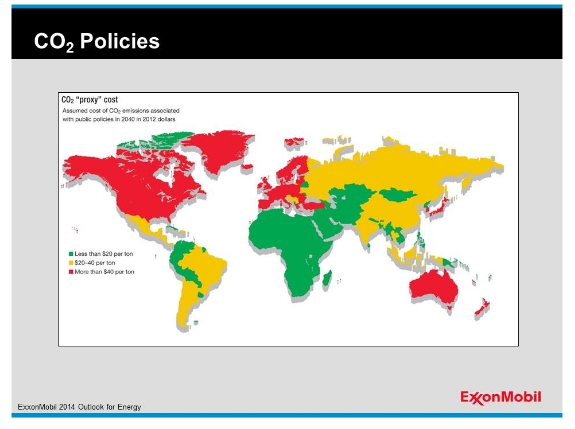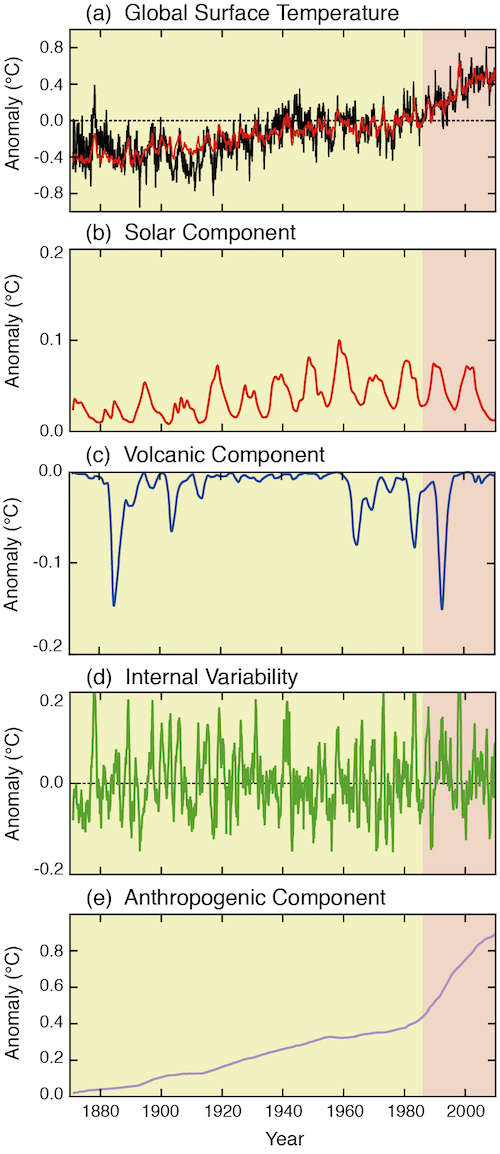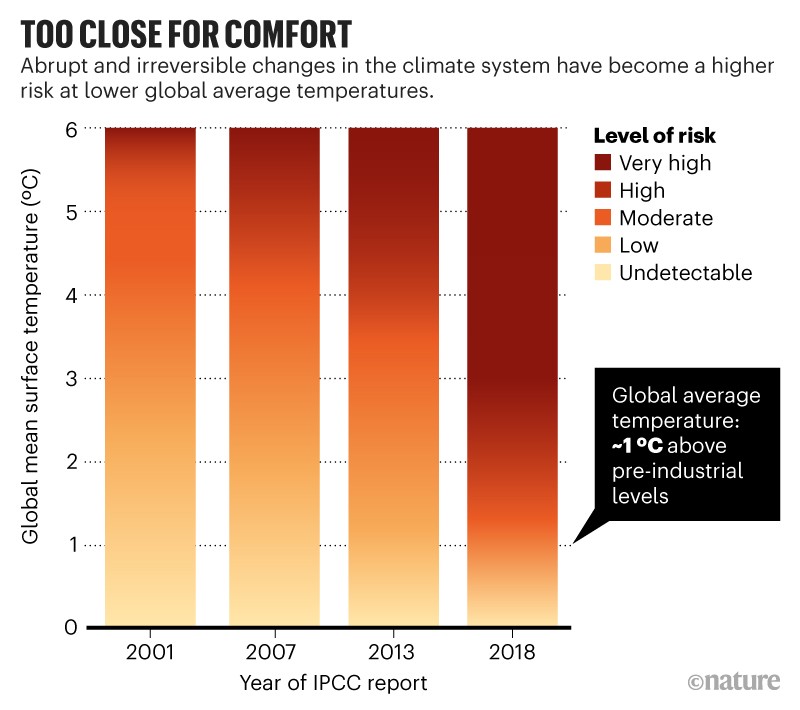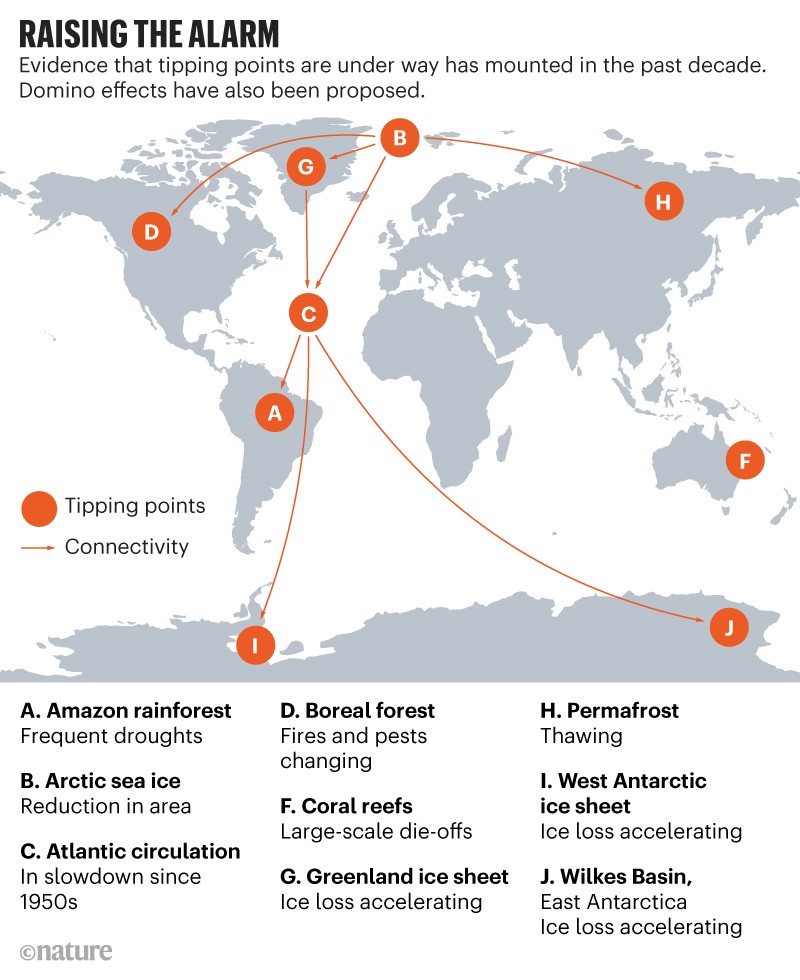Adam Klasfeld
Court docs from earlier this month suggest one likely line of questioning will probe allegedly missing emails from Tillerson's secret address under the alter-ego "Wayne Tracker."
The NYAG's Oct. 5, 2019 brief fell under the radar.
From March 2017:
https://www.courthousenews.com/fraud-pr ... te-change/ …
Read the full brief alleging Exxon failed to preserve the evidence here.
https://iapps.courts.state.ny.us/fbem/D ... ystem=prod …
Tillerson is standing next to the witness stand, wearing a red tie.
Proceedings are about to begin.
"The people call Rex Tillerson."
He's sworn in and questioning begins.
Assistant AG: Did you discuss all shareholder proposals for the management committee of Exxon?
Tillerson: Yes.
AAG asks whether Tillerson was aware as CEO that there were proxy costs of carbon.
"Yes," he replies.
Questioning Tillerson is Kim Berger, who is Bureau Chief of the Bureau of Internet and Technology.
Berger displays an email from Robert Luttgen, a manager from the office of the Secretary, to another exec William M. Colton on March 21, 2014.
Tillerson's not on the email, but it refers to him as "RWT."
"Rex Wayne Tillerson"
"RWT reviewed the document and found it acceptable."
The email attaches the 2014 report "Energy and the Climate."
On the attachment, there are three large paragraphs highlighted in red on page 18 and part of page 19, which the email described as passages that Tillerson wanted to add.
Tillerson said he couldn't "recall" that, but has no reason to doubt it.
"I had the opportunity to add things, suggest things," Tillerson said.
Berger pulls up a final version of "Energy and Climate," and turns to a section subtitled "Proxy cost for emission policies."
It contains the line: "Future policies related to limiting GHG emissions remain uncertain and likely will vary over time and from country to country."
Tillerson says the energy outlook was meant to address the question: "How's our world going to look 20 years from now, 30 years from now, 40 years from now?"
Berger questions Tillerson about a color coded map depicting CO2 proxy costs.
This map.

Referring to proxy costs, Tillerson says: “If you are in the power-generating business or selling fuels to power generators, what does this mean?”
Berger turns to a different exhibit with a second report from later that year: "Energy and Carbon -- Managing the Risks."
Berger shows Tillerson a letter addressed to him from a group of investors, date-stamped Sept. 12, 2013, “Office of the Chairman.”
They wrote:
Referring to greenhouse gases, “We are an international group of institutional investors, collectively representing nearly USD 3 trillion in assets, writing to inquire about ExxonMobil’s exposure to these risks and plans for managing them.”
Three pages of investors signed onto it. Berger says they represented 72 in total, including New York State Comptroller Thomas DiNapoli, the then NYC comptroller and California's treasurer.
Tillerson referred to them as "activist shareholders."
“There’s nothing wrong with that," he said earlier. "That’s fine.”
Asked whether activist shareholders have the right to truthful disclosures, Tillerson replied: "Absolutely."
Shareholders had asked Exxon to address the risk of "stranded assets" presented by the climate crisis.
From Exxon's report: "Based on this analysis, we are confident that none of our hydrocarbon reserves are now or will become 'stranded.'"
Speaking of greenhouse gas costs, Tillerson says: "If you go back to this history of this, this was all fairly new."
Berger displays a 4/22/11 email chain between Tom Eizember (corporate strategic planning) and Robert Balles, the GHG manager.
“This is an email exchange," Berger says. "You are not on it, but it references conversations with you.”
Eizember: "We need to settle on a basis for this year's plan - a combined plan basis review with MC is last May."
Balles replies: "One potential change I would like to discuss is whether to harmonize [planning & budgeting] assumptions and [energy outlook] assumptions."
Tillerson testifies he does "not recall" much about this email exchange, in which Eizember wrote:
"Rex seemed happy with the difference previously – appeared to feel it provides a 'conservative' basis." Eizember added a caveat to that.
He added: "(but only if viewed from the perspective of claiming economics credits to reduce emissions; it is not conservative vs EO from the perspective of debiting actions that increase emissions.)"
From an email attachment:
“In recent reports released by EM (….) we have implied that we use the EO basis for proxy cost of carbon when evaluating investments.”
Berger questions Tillerson about Exxon's investing tens of billions of dollars in Kearl Oil Sands Project in Alberta, Canada.
Tillerson agrees, saying: “It was a lot of money.”
Note to self: Review this transcript for instances of Tillerson saying "I don't recall."
Tillerson: "What I do know is the Alberta government does not want to put the oil sands out of business."
Q: Exxon owned a 70% interest in that [i.e., oil sands]?
Tillerson: That’s right
Berger quotes Rex telling shareholders:
“We really are trying to undertake the most attractive opportunities that we see, thinking about them in terms of 30 years. Are we going to be happy with this over the next three decades?"
"Not, are we going to be happy with it over the next three or four years?"
Berger asks him about a question from Robert Fore, a rep from the Presbyterian Church U.S.A. Foundation, on this issue.
"[W]hat specifically are you doing to ensure the business model of ExxonMobil is nimble enough to withstand low carbon demand scenarios, including disruptions, be they technological, regulatory or market-based," Fore asked.
Rex answered: "We have... for many years included a price of carbon in our outlook... It's a proxy. We don't know how else to model what future policy impacts might be. But whatever policies are, ultimately they come back to either your revenues or your costs."
Direct examination ends, after roughly an hour and a half of questioning.
Despite the pretrial motions, nothing on Wayne Tracker.
Tillerson’s cross examination by Exxon’s attorney Ted Wells is about to begin.
Wells: This is a pretty serious case, right?
Rex: Yes.
Wells shows the first sentence of the complaint: "This case seeks redress for a longstanding fraudulent scheme by Exxon, one of the world’s largest oil and gas companies, to deceive investors and the investment community."
Wells asks whether the allegation is true of false.
Rex claims false.
Series of similar questions with Rex denying claims follows.
Complaint: "Exxon’s fraud was sanctioned at the highest levels of the company."
Rex claims false.
Complaint: "Throughout its fraudulent scheme, Exxon in effect erected a Potemkin village to create the illusion that it had fully considered the risks of future climate change regulation and had factored those risks into its business operations."
Rex: "It was a real system."
Rex claims that NYAG didn't ask to interview him before complaint filed.
Asked whether anyone on Exxon's management committee had been approached for an interview, he responded: "Not to my knowledge."
Rex said Exxon supported a carbon tax, as the "best regulatory mechanism."
"It's simple," Tillerson says of the carbon tax. "It's straightforward. It's transparent."
Rex expresses preference for that over emissions trading.
Wells asks whether advocating for a carbon tax would have been one way of dealing with the risks of the climate crisis.
Tillerson: "t would have been one way of dealing with it at a macro level."
Wells asks whether Tillerson supported the Paris Accord.
"I did," he replied.
"This was the first time we had any success dealing with this as a global problem" requiring a "global solution."
Observation: Tillerson’s memory appears a lot sharper upon friendly cross-examination by Exxon.
If Tillerson answered “I don’t recall” during cross-ex, I do not believe I noticed it yet.
Tillerson says Exxon’s GHG metric was not disclosed until 2014.
For those just tuning in, this is a bench trial. No jury, just Judge Barry Ostrager.
Tillerson describes Exxon’s energy outlook as a “very granular buildup of the demand, sector-by-sector, country-by-country.”
Providing an example, he says it would factor in electric cars on gas purchases.
Meanwhile...
https://www.courthousenews.com/greta-th ... ts-action/ …
Tillerson: “I don’t ever recall GHG (greenhouse gas) costs being a determining factor in any decision that we made.”
Wells underlines that point, which Tillerson restates.
“It’s just one of the many expense items,” he adds, referring to GHG costs.
Wells: GHG costs “not material” to the decision-making.
Rex: “That’s correct.”
Wells: SEC rules prohibit using speculative analysis of future regulation.
Tillerson agrees.
Cross-ex ends with Tillerson saying “I feel badly” for Exxon employees accused of fraud, not necessarily the accusations against him personally as the face of the company.
Brief redirect by NYAG.
Berger starts with shareholders asking Exxon to evaluate various climate crisis risks.
“I’ve met with some of these people,” Tillerson says of the signers.
Tillerson’s memory gets hazy again back on redirect.
“I don’t recall” pops up again with some frequency, here in response to questions about an alternative methodology to calculating greenhouse gas costs.
Tillerson’s testimony ends.
Court officers order press and public to remain seated as they escort him out.
https://twitter.com/KlasfeldReports/sta ... 1641194496






